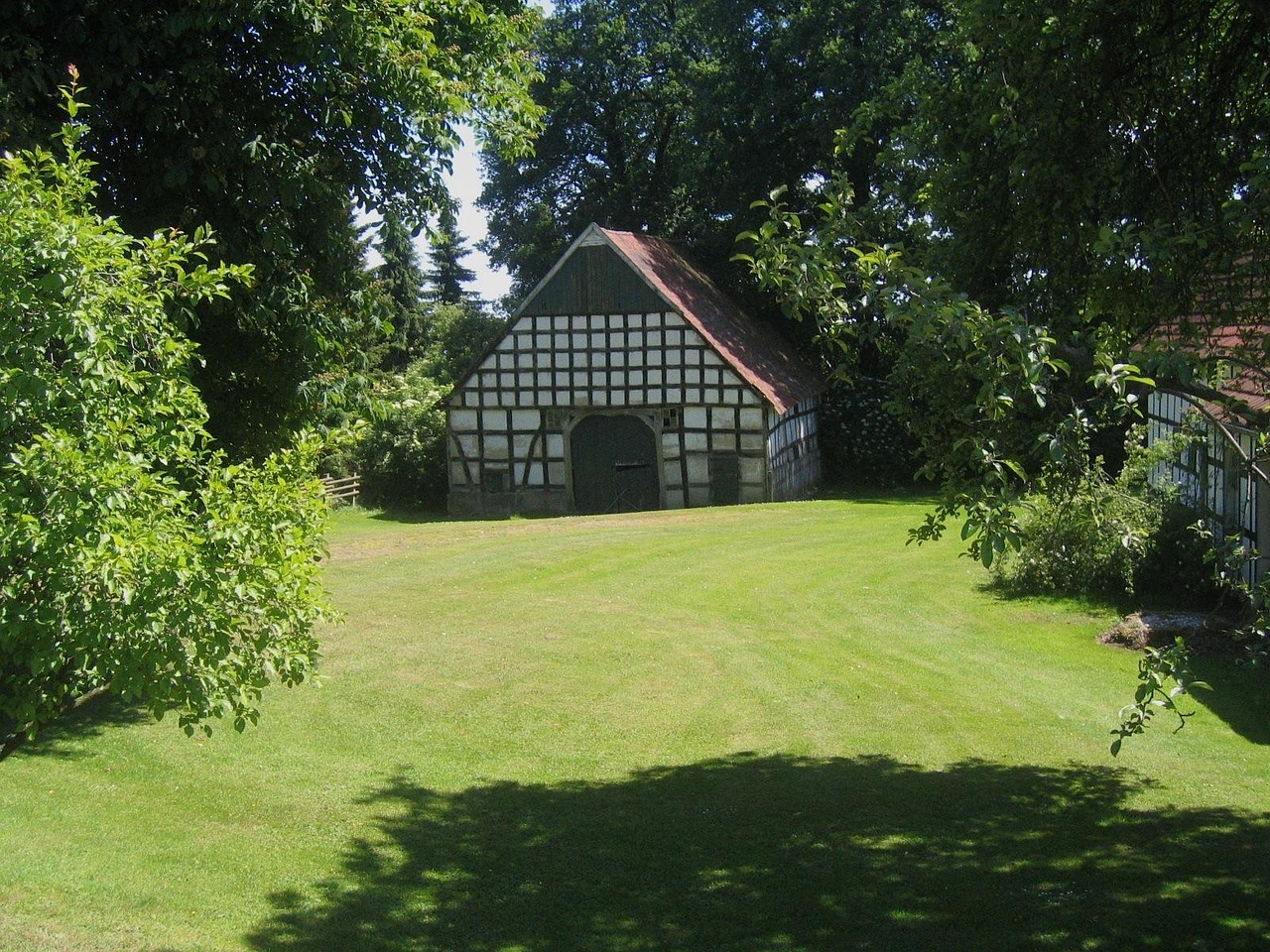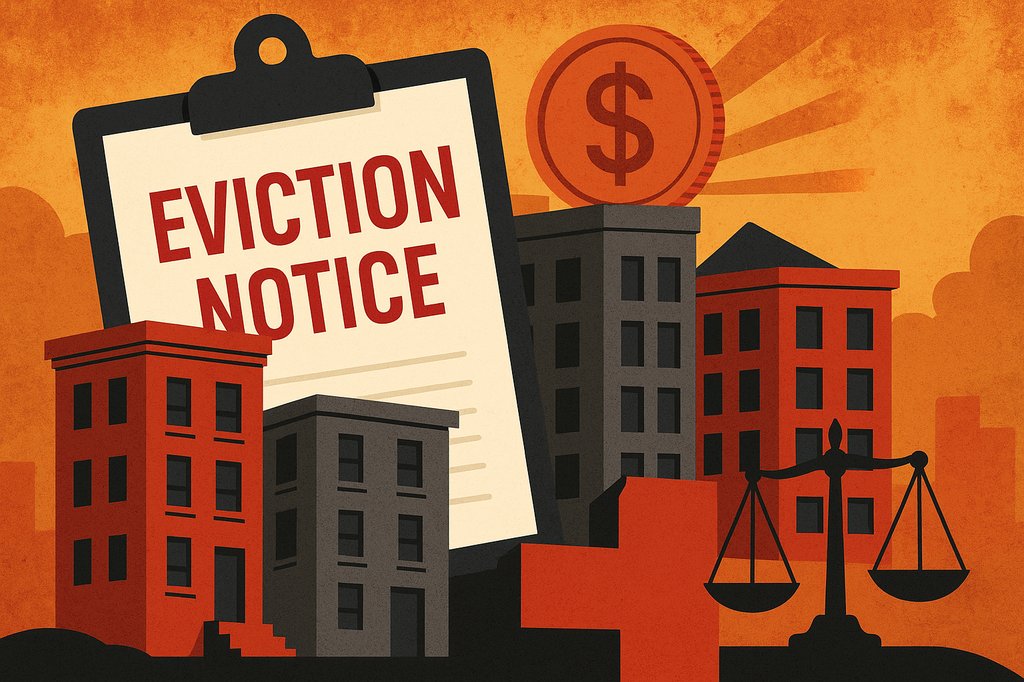The ADU Opportunity: Turning Vacant Spaces into Profitable Ventures
Jake Herczeg, Chief Operating Officer of Ballast, explores how rental property owners can leverage ADUs as a form of adaptive reuse within multi-family buildings
Finding a home is becoming increasingly difficult for Americans. Research indicates that there are approximately 3.8 million fewer homes than needed, with demand far outstripping supply.
A study by the Pew Research Center found that 69% of Americans are concerned about the rising cost of homeownership, as prices have skyrocketed in recent years. Similarly, the Federal Housing Finance Agency reports that single-family homes are now 57% more expensive as of July 2024 compared to 2019. In response, more people are seeking alternative housing solutions, particularly in high-demand areas, to meet their budget and living needs.
For rental property owners and developers, this demand presents a unique opportunity in the Accessory Dwelling Unit (ADU) market. Also known as in-law suites, ADUs are independent residential units created on residential lots, often by repurposing underutilized parking or storage spaces. These dwellings provide affordable housing options while increasing property value. A study by Porch found that ADUs in dense urban areas are 35% more valuable than non-ADU properties, making them an attractive option for developers looking to expand their portfolios while meeting a growing consumer need.
Traditionally associated with single-family homes, ADUs are now gaining traction in multifamily rental properties, including apartment complexes and duplexes. Developers are increasingly using ADUs as a form of adaptive reuse, transforming underutilized spaces—such as storage rooms, basements, or oversized common areas—into fully functional living units. This shift provides investors with a practical way to maximize a building’s potential.
The Evolution of the ADU
Rental property owners and developers must start viewing their properties through a new lens. Does the building have underused parking spaces or an unused basement? Repurposing these overlooked areas can redefine the property’s function and generate additional income. ADUs offer owners flexible, affordable housing options while transforming unused spaces into liveable environments. What was once an underutilized area or an eyesore can become a valuable living space for a tenant while enhancing the property’s overall worth.
While higher interest rates and moderated rent prices may affect project feasibility in the short term, long-term trends indicate significant growth opportunities in the ADU market.
One emerging trend is the shift in transportation habits. As more people rely on public transit, traditional parking spaces may become obsolete. Just as transportation evolved from horse-drawn carriages to automobiles, today’s parking areas could be repurposed into residential spaces. For instance, three standard parking spaces provide enough room for a new one-bedroom ADU apartment.
Technical Considerations for a Successful ADU Investment
Successfully implementing an ADU requires careful attention to building infrastructure and regulatory requirements. Key considerations include:
- Ceiling Heights & Utility Upgrades – Ceiling heights must meet residential standards, and existing utility systems may require enhancements to support additional units.
- Historic Preservation – Expanding a building’s footprint may trigger extensive neighborhood review processes, leading to delays and increased costs. Engaging local preservationists early in the planning stages can help ensure a smooth approval process.
- Site Conditions – Properties with challenging topography or located in wetland areas may face foundation stability and drainage issues. A thorough site assessment can help mitigate construction surprises and control costs.
To avoid setbacks, property owners should proactively manage the process from the start. Addressing building infrastructure needs—such as trash management, heating, laundry facilities, and utility upgrades—while keeping tenants informed can make the transition smoother and more efficient.
A Win-Win Solution
Navigating ADU planning and implementation is a win-win for savvy property owners, especially in high-demand markets. ADU conversions provide dual benefits: they help address the housing shortage while increasing rental income. Compared to other forms of adaptive reuse, such as office-to-residential conversions, ADUs often present fewer structural and financial challenges.
Given the ongoing demand for rental properties, the ADU market is poised for continued growth. Investing in ADUs allows property owners to transform underutilized spaces into sustainable housing solutions, increasing rental density without requiring major reconstruction. Success in this space depends on careful planning, technical due diligence, and optimizing the liveability of each unit to enhance both tenant satisfaction and property financial performance.
Jake Herczeg
Chief Operating Officer, Ballast
Jake is the Chief Operating Officer for Ballast and its affiliates. Previously, Jake led the Property Operations division and Halyard’s Architecture, Engineering, and General Contracting divisions. Before joining Ballast, Jake founded Herczeg + Tobias Architects, where he specialized in multifamily renovation and addition projects.
Jake holds a Bachelor of Architecture degree from The Cooper Union. He is a licensed Architect in California, Illinois, Arizona, and Texas.










